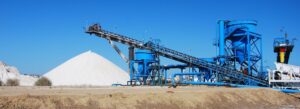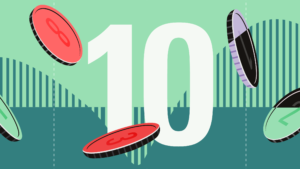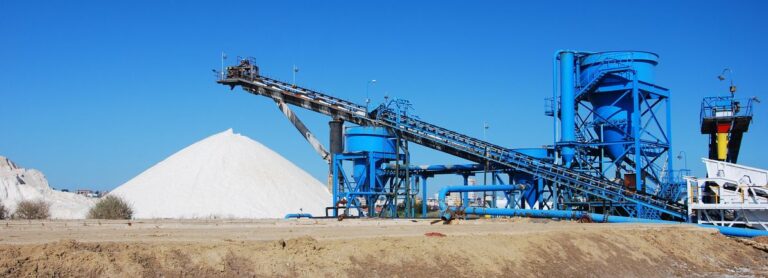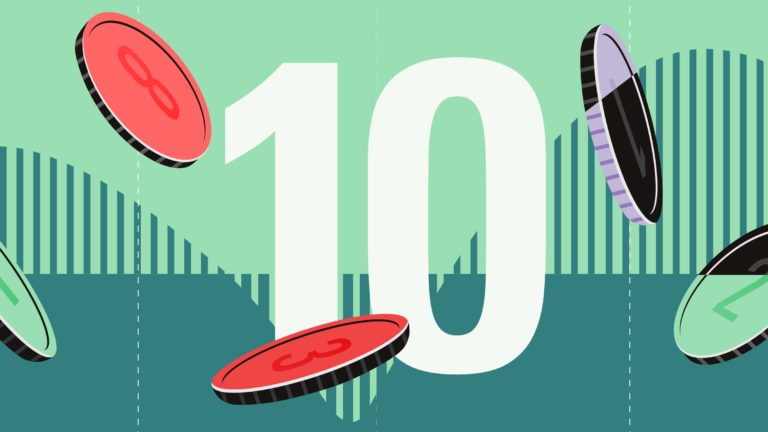The Sage Group plc (LON:SGE) is about to trade ex-dividend in the next 3 days. The ex-dividend date is usually set to be one business day before the record date which is the cut-off date on which you must be present on the company’s books as a shareholder in order to receive the dividend. The ex-dividend date is important because any transaction on a stock needs to have been settled before the record date in order to be eligible for a dividend. This means that investors who purchase Sage Group’s shares on or after the 9th of January will not receive the dividend, which will be paid on the 11th of February.
The company’s upcoming dividend is UK£0.135 a share, following on from the last 12 months, when the company distributed a total of UK£0.20 per share to shareholders. Based on the last year’s worth of payments, Sage Group has a trailing yield of 1.6% on the current stock price of UK£12.785. If you buy this business for its dividend, you should have an idea of whether Sage Group’s dividend is reliable and sustainable. So we need to investigate whether Sage Group can afford its dividend, and if the dividend could grow.
See our latest analysis for Sage Group
Dividends are typically paid from company earnings. If a company pays more in dividends than it earned in profit, then the dividend could be unsustainable. Sage Group is paying out an acceptable 64% of its profit, a common payout level among most companies. That said, even highly profitable companies sometimes might not generate enough cash to pay the dividend, which is why we should always check if the dividend is covered by cash flow. Thankfully its dividend payments took up just 44% of the free cash flow it generated, which is a comfortable payout ratio.
It’s encouraging to see that the dividend is covered by both profit and cash flow. This generally suggests the dividend is sustainable, as long as earnings don’t drop precipitously.
Click here to see the company’s payout ratio, plus analyst estimates of its future dividends.
Companies with consistently growing earnings per share generally make the best dividend stocks, as they usually find it easier to grow dividends per share. If earnings decline and the company is forced to cut its dividend, investors could watch the value of their investment go up in smoke. With that in mind, we’re encouraged by the steady growth at Sage Group, with earnings per share up 5.8% on average over the last five years. While earnings have been growing at a credible rate, the company is paying out a majority of its earnings to shareholders. Therefore it’s unlikely that the company will be able to reinvest heavily in its business, which could presage slower growth in the future.










